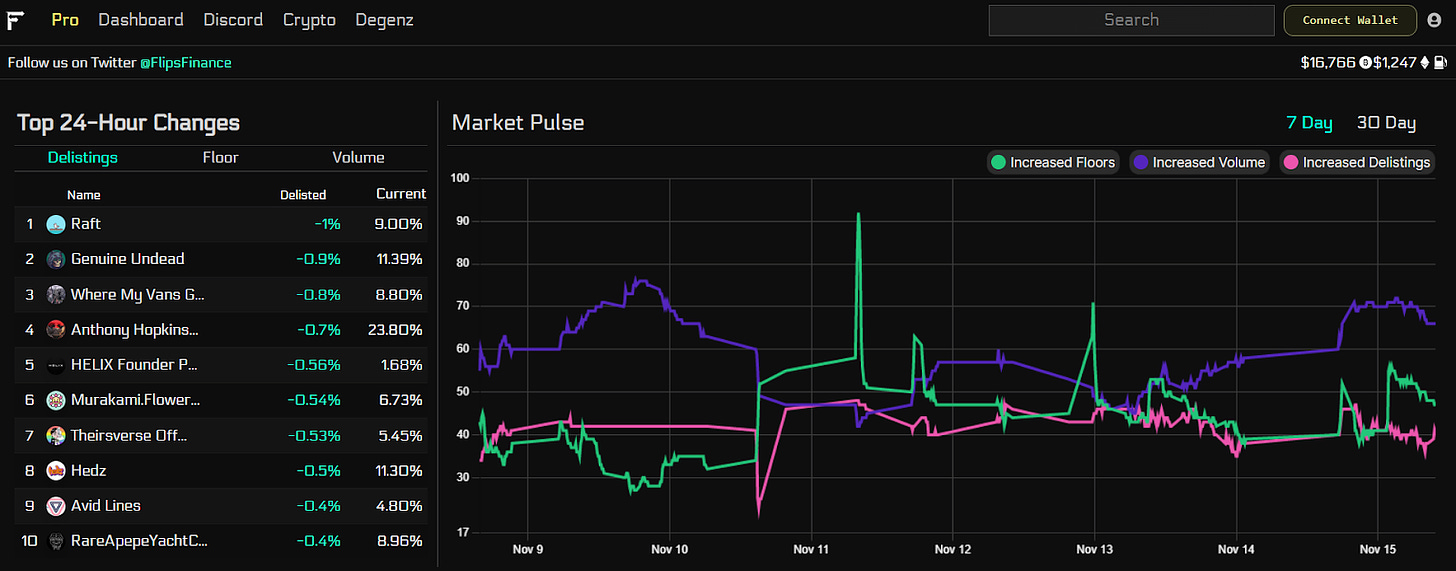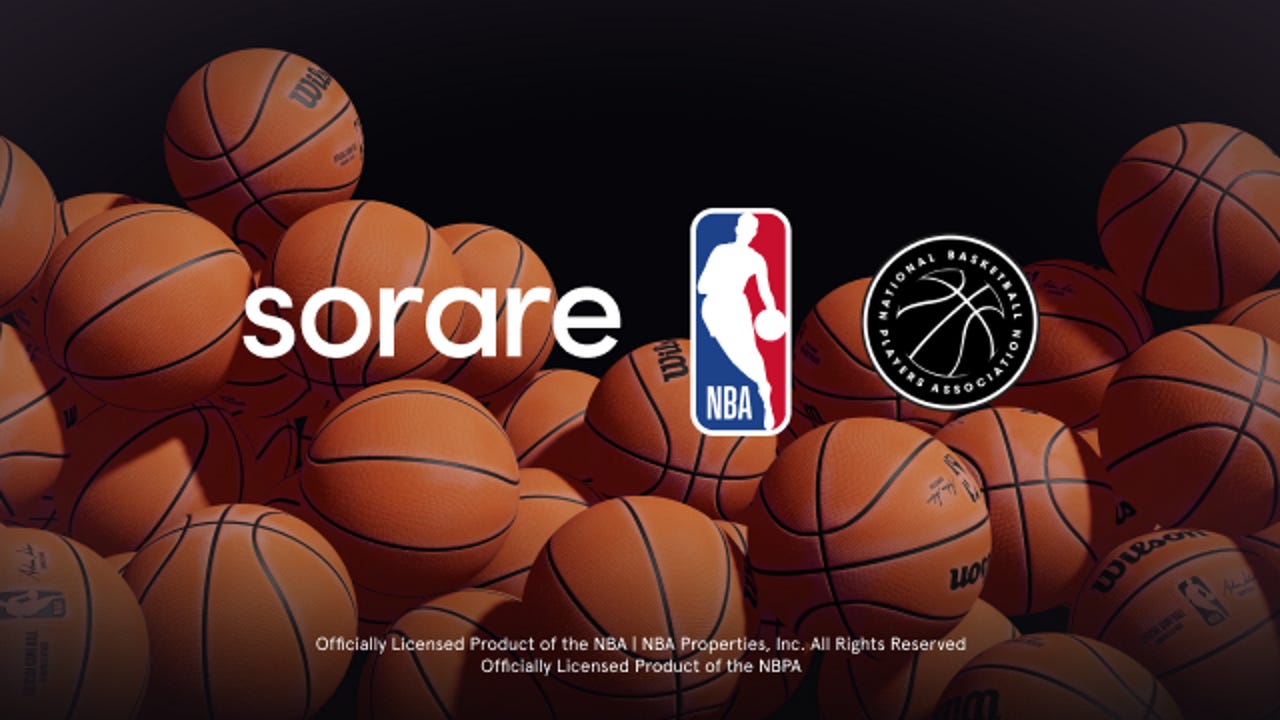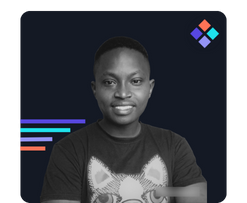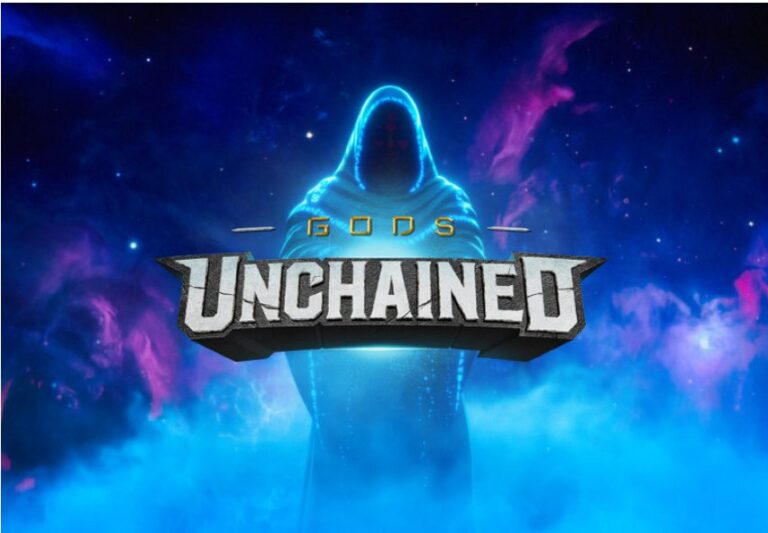Metaversal is a Bankless newsletter for weekly level-ups on NFTs, virtual worlds, & collectibles
Dear Bankless Nation,
In some of my past posts, I’ve riffed on the idea of the “NFT skill tree.”
It’s all the skill sets you can learn from advancing through all the main categories of NFT activity right now.
I thought it’d be neat to map the branches of what a contemporary NFT skill tree could look like, so for today’s post I’ve come up with 21 main areas of interest as developed from Alex Gedevani’s excellent NFT Verticals spreadsheet.
Can you max out your skill tree? You hardly have to — even just gaining competency in half these branches will position you well as NFTs become more important in the years ahead.
All that said, let’s walk through what these 21 main skill branches are and some of the main projects you can explore in each of them!
-WMP
🙏 Sponsor: Sorare – Collect, Play, Win. Own Your Game.✨
NFT analytics resources provide easy-to-use interfaces for discovering actionable NFT insights, like mispriced listings, and for understanding NFT activity flows, like trade volume metrics.
-
Comparing 24 Hour, 7 Day, and 30 Day floor price stats for major collections on Flips
-
Setting up custom mint alerts for your browser on icy.tools
-
Reading the Lucky Listings UI to find mispriced NFTs on Lucky Trader
-
Reviewing a specific wallet’s history using the NFT Wallet Profiler on Nansen
-
Studying what specific NFT communities are collecting at any given time on Watchtower
Artist-focused platforms now make up a major part of the NFT ecosystem. These projects provide infrastructure that make it easier for artists to mint and share their works with a growing global community of digital collectors.
NFT borrowing and lending protocols let borrowers get fixed-period loans against their NFTs while letting lenders earn yield or liquidated NFTs. At the crossroads of DeFi and NFTs, these sorts of projects have seen an explosion of interest in recent times.
-
Collateralizing an NFT to field loan offers on NFTfi
-
Depositing ETH into the reserve pool to earn yield on BendDAO
Community resources are projects that help streamline activities like community discovery and community management.
-
Automating membership management for your NFT community with Guild
-
Customizing a community treasury on Juicebox
-
Discovering the actions, like votes or mints, your wallet can do via Daylight
-
Setting up a token-gated forum for your NFT community with Collective
-
Preparing an allowlist on Premint
Content collectives are decentralized groups that coordinate creatively to propagate a brand, story, or narrative universe. For instance, Nouns DAO members vote on how the project’s treasury should be used to support “Nounish” brand efforts.
Curation platforms and protocols help artists, collectors, curators, and casual users alike organize NFTs into galleries for events, scholarship efforts, and beyond. In elevating NFTs beyond merely financial concerns, curation generates cultural value for NFTs.
-
Curating an exhibition of your favorite NFTs via Deca, Gallery, or JPG (Disclosure: I contribute to JPG!)
Gaming projects in the NFT ecosystem use NFTs to facilitate asset ownership and in-game economies. While the main goal of any game is to be fun, many NFT games offer novel play-to-earn possibilities, too.
Discovery projects make it easy for users to quickly discover notable NFT happenings or information. Getting a feel for these tools will help you better navigate the on-chain landscape.
-
Creating a domain name for your wallet with ENS
-
Finding trending mints with mint.fun
-
Making web3-friendly search queries with Drifty
-
Tracking trending sales on Context
Display projects help NFT owners and exhibitors showcase NFTs in physical settings.
Liquidity protocols help NFT traders access decentralized liquid markets around otherwise illiquid NFTs.
Marketplaces are online stores where people can buy and sell NFTs. Marketplaces can be standalone operations, like Nifty Gateway, or aggregator platforms that make it possible to trade across multiple NFT marketplaces at once, like Gem.
Metadata storage platforms provide streamlined UIs for creators and to maintain their NFT metadata on decentralized storage solutions like Arweave, IPFS, or Filecoin. Since the metadata of many NFT projects are maintained off-chain, the importance of long-term metadata security cannot be understated.
Metaverse projects in the NFT ecosystem use NFTs to facilitate the ownership of virtual land and in-world assets, thus bringing digital experiences to life.
Multiplayer crypto projects make it easy for groups of friends and/or strangers to collectively own and use NFTs together.
Music NFT platforms help musicians connect with their fans in new ways via 1/1 or editioned collectible music releases. This scene is beginning to seriously bloom, which bodes well for the future of independent music!
-
Creating your own song using the digital audio workstation (DAW) system on Arpeggi
-
Developing custom playlists with Spinamp
NFTfi, a sector situated at the crossroads of NFTs and DeFi, facilitates complex NFT-based financial services in decentralized fashion, like on-chain NFT derivatives.
-
Creating an NFT call option on Hook
-
Depositing WETH to the capital vault on MetaStreet
-
Generating an on-chain credit score via Spectral
Portfolio management projects help NFT collectors create one-stop hubs for tracking their holdings, increasingly across multiple chains like Ethereum, Arbitrum, and Optimism.
Pricing projects are centered around helping NFT collectors and traders appraise their holdings. The pricing scene is very early but some promising efforts have started coming to fruition.
Protection projects help NFT creators or owners ensure the safety of their NFTs for the long term.
-
Backing up the metadata of your off-chain NFTs with ClubNFT
-
Testing the quality of your NFT drop beforehand using StealthTest on nameless
Rental platforms help people rent out, or pay to rent, NFTs.
Wallet projects allow people to streamline the process of self-custodying their NFTs. Wallets can come in various forms, like mobile apps or multi-signature vaults.
-
Creating an NFT vault for long-term security with Safe
-
Setting up a burner wallet for free mints via Rainbow
-
⛹ Practice activities in the branches of the NFT skill tree where you want to level up your abilities
-
🔑 Read my latest Bankless tactic How to take custody of your crypto keys because not your keys, not your crypto!
William M. Peaster is a professional writer and creator of Metaversal—a Bankless newsletter focused on the emergence of NFTs in the cryptoeconomy. He’s also recently been contributing content to Bankless, JPG, and beyond!
Subscribe to Bankless. $22 per mo. Includes archive access, Inner Circle & Badge.
Play the free-to-play NFT fantasy sports game now. Sorare is the official partner of the NBA, MLB and more than 300 soccer clubs.
Not financial or tax advice. This newsletter is strictly educational and is not investment advice or a solicitation to buy or sell any assets or to make any financial decisions. This newsletter is not tax advice. Talk to your accountant. Do your own research.
Disclosure. From time-to-time I may add links in this newsletter to products I use. I may receive commission if you make a purchase through one of these links. Additionally, the Bankless writers hold crypto assets. See our investment disclosures here.









